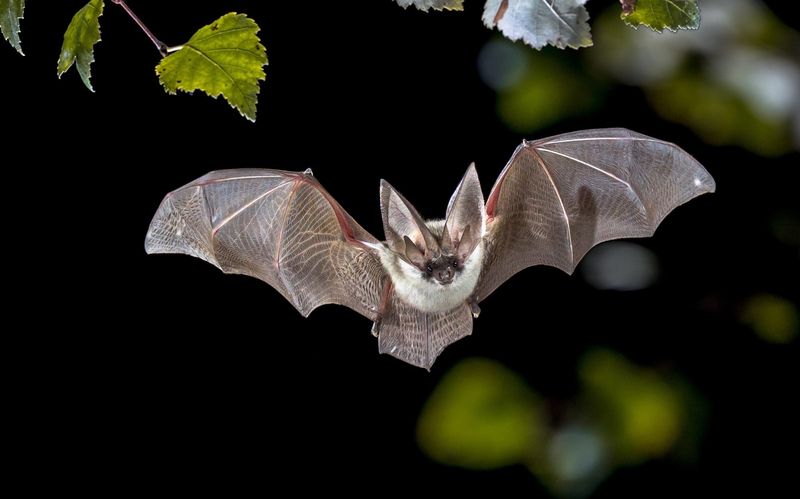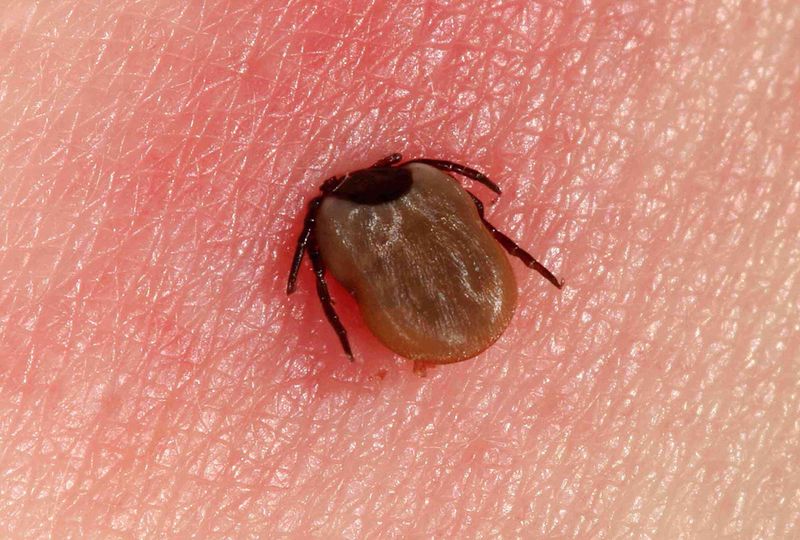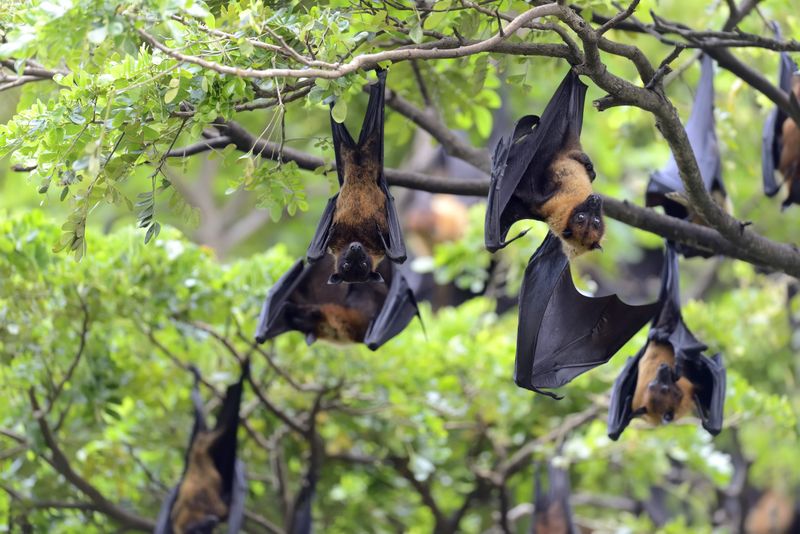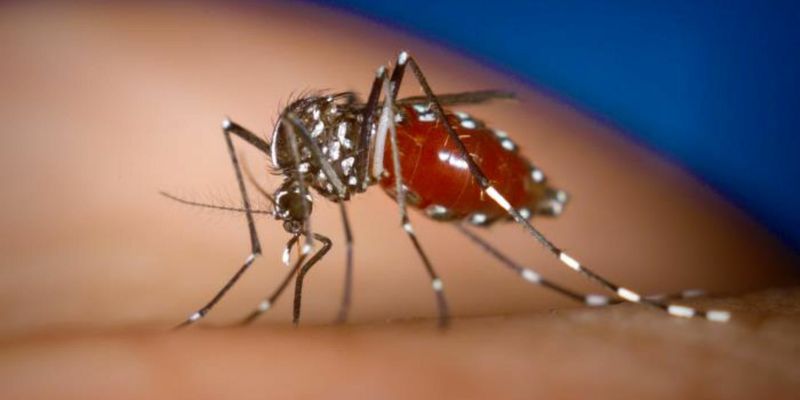The next global threat might not come from a lab—but from the jungle, the farm, or even your backyard.
Animal-borne diseases are on the move, crossing borders and species lines like never before. One minute it’s a harmless critter in the wild. The next? A full-blown human outbreak.
From bats to ticks to livestock, the leap from animals to humans is getting shorter—and scarier. We’re not just talking about rare, remote infections anymore. These are diseases changing lives, headlines, and entire healthcare systems.
So what’s really happening out there? Here are 11 zoonotic diseases that are breaking old patterns and showing up in bold, dangerous ways. Buckle up. It’s wilder than you think.
Zika Virus

The Zika virus is spreading rapidly in tropical regions, causing alarm among health officials. Initially identified in monkeys, it now poses a significant threat to humans.
The virus is primarily spread through mosquito bites. What makes Zika particularly concerning is its link to birth defects, specifically microcephaly in newborns. Pregnant women are at the highest risk. Efforts to control mosquito populations are crucial in managing the spread.
Public health campaigns are ongoing to educate communities about prevention methods. A lesser-known fact: Zika was first discovered in the Zika Forest of Uganda in 1947.
Ebola Virus

Ebola, a deadly virus with roots in African wildlife, has caused several devastating outbreaks. Its transmission occurs through direct contact with bodily fluids of infected individuals or animals.
Recent cases have emerged unexpectedly, even in previously unaffected areas, raising concerns about its spread. The impact on communities is profound, with high mortality rates and fear. International aid plays a vital role in outbreak response.
A compelling detail: The 2014 West Africa outbreak was the largest, with thousands affected. Research is ongoing for more effective vaccines and treatments.
Lyme Disease

With the rise in outdoor activities, Lyme disease, transmitted by ticks, is grabbing attention. This disease affects thousands annually, with symptoms like fever and fatigue.
The expanding range of tick populations due to climate change exacerbates the problem. Early detection is key to successful treatment. Many individuals remain unaware of the risks. Did you know? Lyme disease was named after the town of Lyme, Connecticut, where it was first identified in 1975.
Awareness campaigns focus on prevention strategies, such as using insect repellent and wearing protective clothing.
Hantavirus

Hantavirus, primarily found in rodents, has been a cause for concern in rural areas. Human infection occurs through contact with rodent droppings or urine.
Recent cases have emerged in unexpected regions, baffling experts. Symptoms range from mild flu-like signs to severe respiratory issues. The virus has a high mortality rate, adding to its threat level. Fun fact:
Hantavirus was first recognized as a disease threat during the Korean War in the 1950s. Controlling rodent populations and maintaining cleanliness are essential preventive measures.
Rabies

Rabies, known for centuries, remains a deadly threat in many parts of the world. Dogs are primary carriers, transmitting the virus through bites.
Once symptoms appear, rabies is almost always fatal. Vaccination of pets and wild animals is crucial in prevention efforts. Interestingly, rabies has one of the highest fatality rates of any disease. Public education campaigns aim to increase awareness about the importance of vaccinations.
A historical tidbit: The first successful rabies vaccine was developed by Louis Pasteur in 1885, revolutionizing disease prevention.
Avian Influenza

Avian influenza, or bird flu, periodically makes headlines due to its potential to cause pandemics. The virus is primarily spread among birds but can jump to humans.
Recent strains have shown increased transmission rates. The agricultural industry faces significant challenges, as outbreaks lead to massive poultry culls.
Economically, the impact is substantial. Did you know? The H5N1 outbreak in 1997 marked the first time avian influenza was detected in humans. Stringent biosecurity measures are implemented to prevent and control outbreaks.
Nipah Virus

The Nipah virus, first identified in Malaysia, is transmitted from bats to humans. It can cause severe respiratory illness and encephalitis. Recent outbreaks in South Asia highlight its persistent threat.
The virus’s ability to spread from person to person heightens concern. Surveillance and rapid response are key to controlling outbreaks.
An interesting fact: The name “Nipah” comes from a village in Malaysia where the virus was first isolated. Public health initiatives focus on reducing human-bat interactions and improving diagnostic capabilities.
West Nile Virus

West Nile virus, primarily spread by mosquitoes, is a growing concern in temperate regions. Birds serve as the main reservoir, with occasional spillover to humans.
Symptoms vary, with some experiencing severe neurological effects. Climate change and global travel contribute to its expanding reach.
Did you know? The virus was first discovered in the West Nile district of Uganda in 1937. Surveillance of mosquito populations and public health education are vital components of disease prevention. Efforts continue to develop effective vaccines.
Bovine Spongiform Encephalopathy (BSE)

BSE, commonly known as mad cow disease, affects cattle but can be transmitted to humans, causing variant Creutzfeldt-Jakob disease (vCJD).
This disease affects the brain, leading to severe neurological symptoms. Though rare, recent cases have reignited public concern. The agricultural sector implements strict controls to prevent outbreaks.
Fun fact: The first recorded case of BSE was in the UK in the 1980s. Ongoing research aims to better understand the disease’s transmission and develop effective treatments. Public reassurance relies on transparent safety practices.
Leptospirosis

Leptospirosis, a bacterial disease found in animals, thrives in warm, wet environments. It spreads to humans through contact with contaminated water. Recent outbreaks in urban areas have raised alarm. Symptoms mimic those of other diseases, complicating diagnosis. Awareness is crucial for early intervention.
Did you know? Leptospirosis is often associated with recreational water activities. Preventive measures include avoiding contact with potentially contaminated water and improving urban sanitation. Public health campaigns focus on educating at-risk populations about the risks and prevention strategies.
Chikungunya

Chikungunya, a mosquito-borne virus, causes joint pain and fever. The disease’s name means “to become contorted,” reflecting the severe joint pain it causes.
Recent outbreaks in tropical and subtropical regions highlight its growing threat. Interestingly, the virus was first identified in Tanzania in 1952. Climate change and increased travel contribute to the spread of Chikungunya.
Community engagement and mosquito control are essential strategies for prevention. Public health messages emphasize the importance of protective measures such as mosquito nets and repellents.

